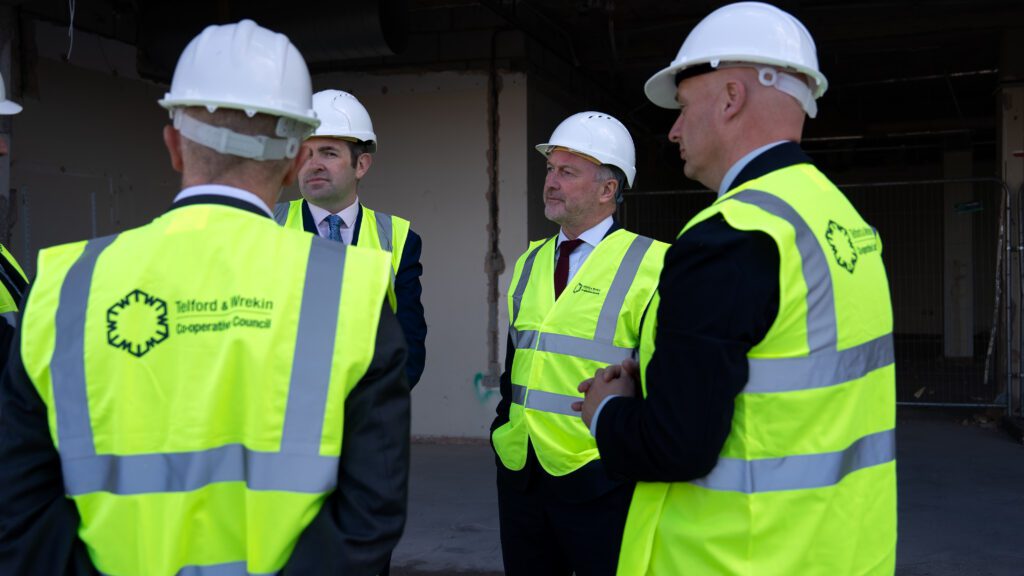The Chancellor’s forthcoming Budget will be more than a fiscal test, with planning reform, it could become a referendum on the Government’s ability to make the UK build again. With a £20–30 billion fiscal gap to close, Rachel Reeves and Housing Secretary, Steve Reed are turning to the planning system as a lever for growth. Their promise to “bulldoze through the barriers that have strangled growth for decades” marks the most assertive pro-development stance by any administration in a generation. But whether this rhetoric translates into delivery depends on deeper structural reform.
Planning reform as economic policy
For decades, the UK’s planning system has served as a brake on productivity. Both major parties have acknowledged that housing, energy and infrastructure approvals take too long, cost too much, and deter investors. By tying planning reform directly to the Office for Budget Responsibility’s (OBR) growth forecasts, Reeves and Reed have reframed planning as a macroeconomic instrument rather than a departmental headache.
The Treasury’s logic is simple: if liberalising planning rules can unlock development and confidence, it can boost tax receipts, reduce borrowing, and give the Chancellor fiscal room to manoeuvre. In March, the OBR estimated that previous reforms could generate £3 billion in extra receipts; ministers now want that figure to rise, allowing fewer tax increases and more visible growth headlines in November.
The reform package – and its limits
The Planning and Infrastructure Bill already includes measures to fast-track developments, relax environmental offsetting rules, and give ministers greater powers to overrule local refusals. The latest amendments go further:
- Extending planning permissions during legal challenge periods to avoid expiry;
- Preventing councils from blocking major projects while ministerial “call-in” decisions are pending;
- Compulsory purchase reforms to free up land supply; and
- Streamlining environmental regulation, including easing the burden on Natural England.
Ministers also plan to resolve long-standing Ministry of Defence objections to onshore wind – potentially unlocking 3 GW of capacity – and to classify privately financed reservoirs as nationally significant infrastructure. The package, Reed argues, will “rewrite the rules for a Britain that builds.”
Yet experts warn that these measures, while pragmatic, are incremental. Without addressing systemic fragmentation, capacity shortfalls, and accountability gaps, the risk is another round of procedural tweaks that fail to deliver sustained growth.
What the Government can do next
If the Chancellor is serious about bulldozing barriers, three priorities stand out:
- Rebuild local planning capacity – Many councils lack the staff, expertise, and data infrastructure to process applications at scale. Ring-fenced funding or a new Planning Skills Fund could restore capability and reduce decision times without undermining local accountability.
- Create regional infrastructure frameworks – Economic geography matters. Devolving spatial planning powers to combined authorities and embedding “Growth Zones” linked to transport, energy, and housing investment could align national ambition with local delivery.
- Modernise the evidence base – The Government should mandate the use of shared digital planning platforms, real-time housing demand data, and environmental metrics to reduce duplication and legal vulnerability. This would also give the OBR a more reliable model for forecasting the growth impact of planning reform.
Beyond these structural moves, the Treasury could incentivise build-out through fiscal levers – such as time-limited capital allowances for infrastructure projects or linking Stamp Duty adjustments to completions rather than transactions.

Balancing growth and legitimacy
Reed’s rhetoric of “taking the fight to the blockers” may resonate politically, but sustainable reform requires legitimacy as well as speed. Communities will not support accelerated development unless they see genuine benefits: affordable housing, resilient infrastructure, and environmental safeguards that are enforced rather than traded away.
Equally, if the Government hopes to persuade the OBR to credit its reforms with measurable growth, it must demonstrate a clear delivery pipeline – not just permissions on paper. The challenge for Reeves will be converting potential energy into visible economic output before fiscal tightening begins to bite.
Final thought
Britain’s growth problem is not a lack of ambition but a lack of alignment between fiscal, planning, and spatial policy. The Chancellor’s Budget offers a rare window to reconnect these levers. If planning reform becomes more than a slogan – if it rebuilds state capability, empowers regions, and gives investors confidence that the UK can actually deliver – then Reeves and Reed will have done more than bulldoze barriers. They will have laid the foundations of a state that knows how to build.
Curia’s Housing and Infrastructure Research Group is convening a group of Conservative and Labour YIMBY leaders to consider options to update planning reforms.
Photo: Chancellor of the Exchequer Rachel Reeves and Steve Reed, Secretary of State for Housing, Communities and Local Government visit Telford (Ministry of Housing, Communities and Local Government)

